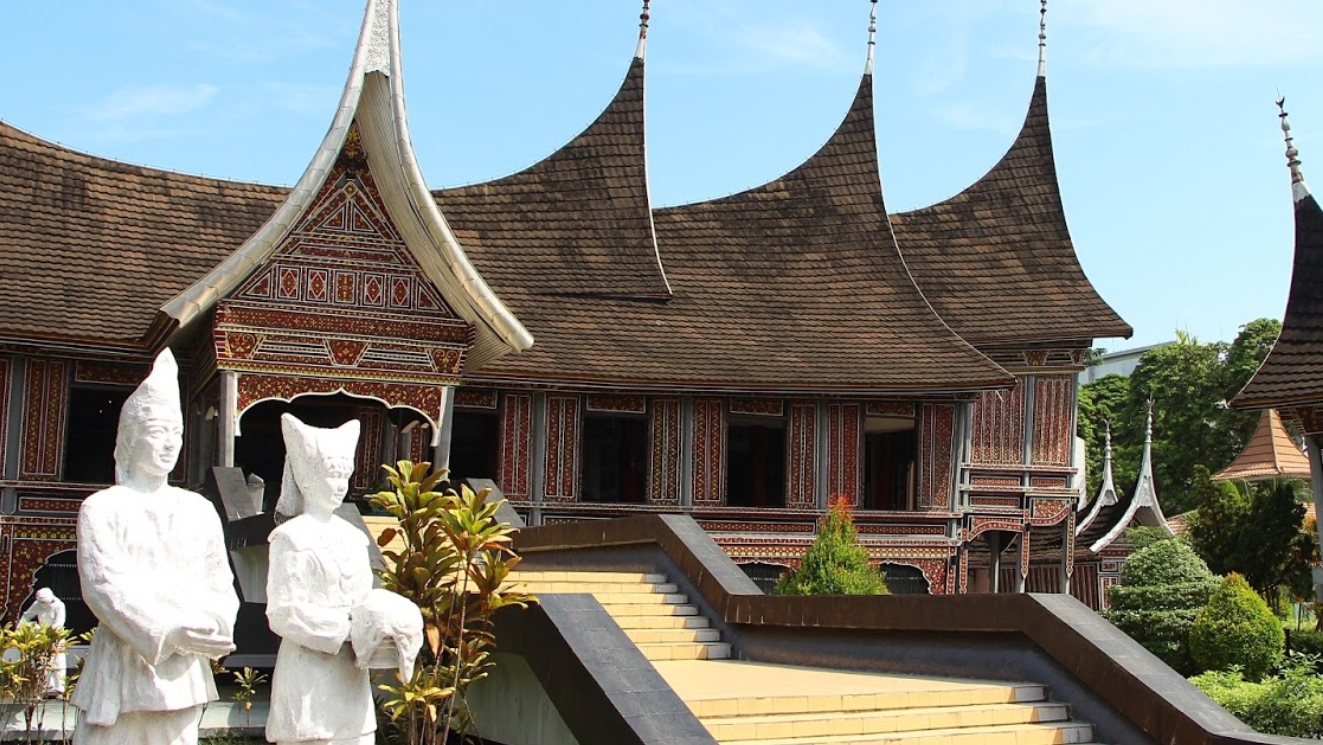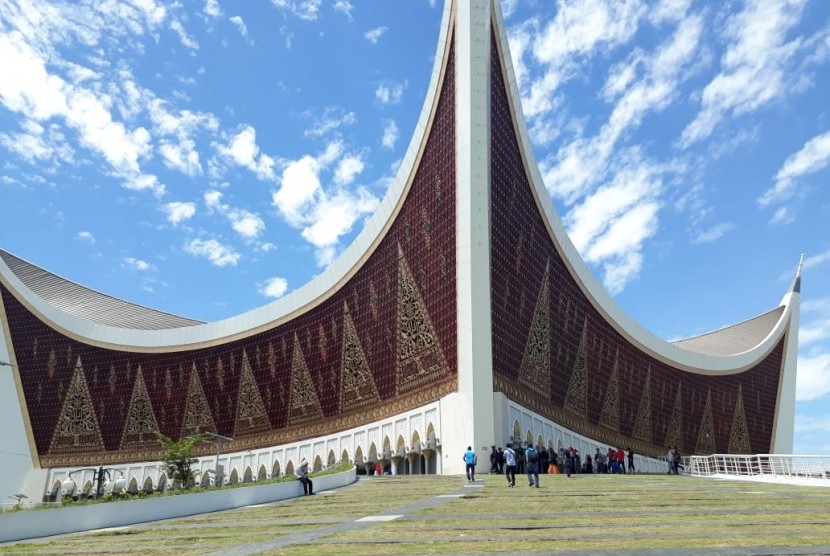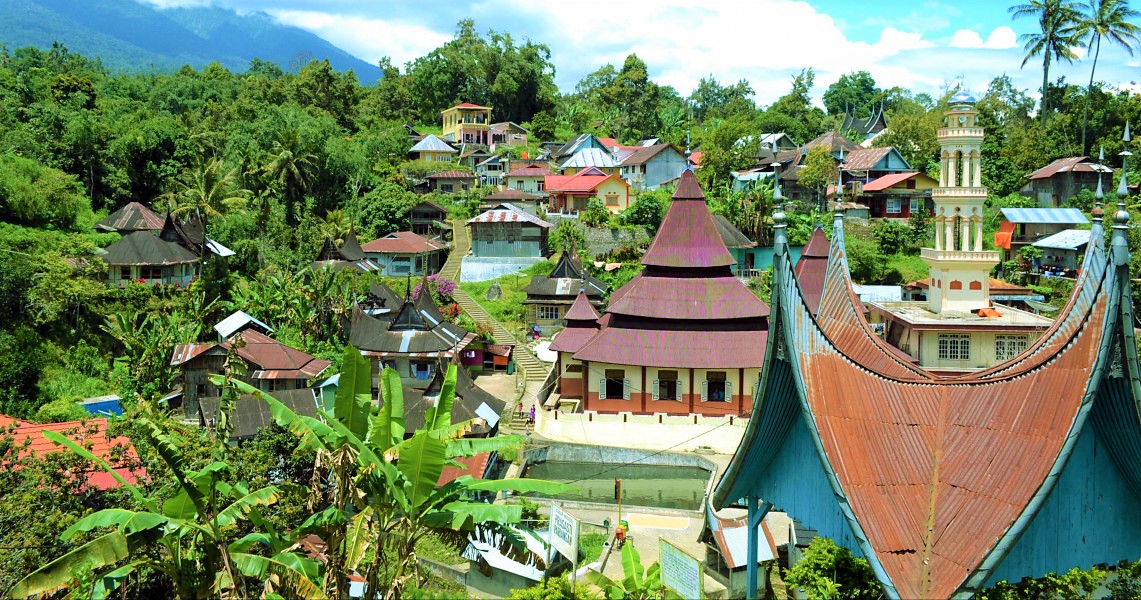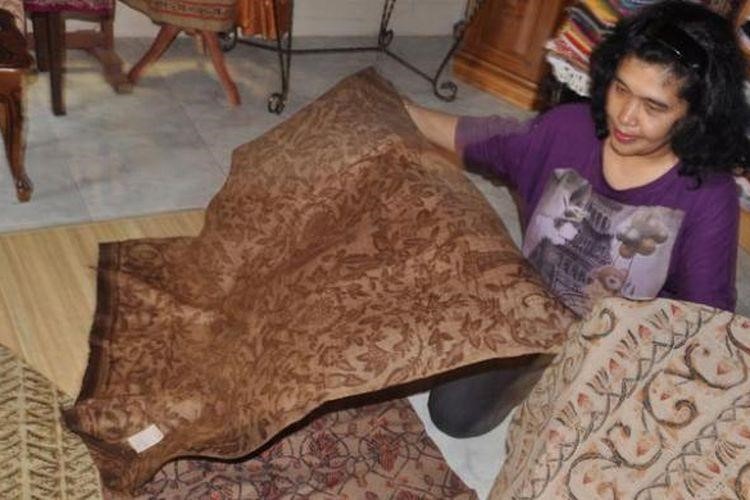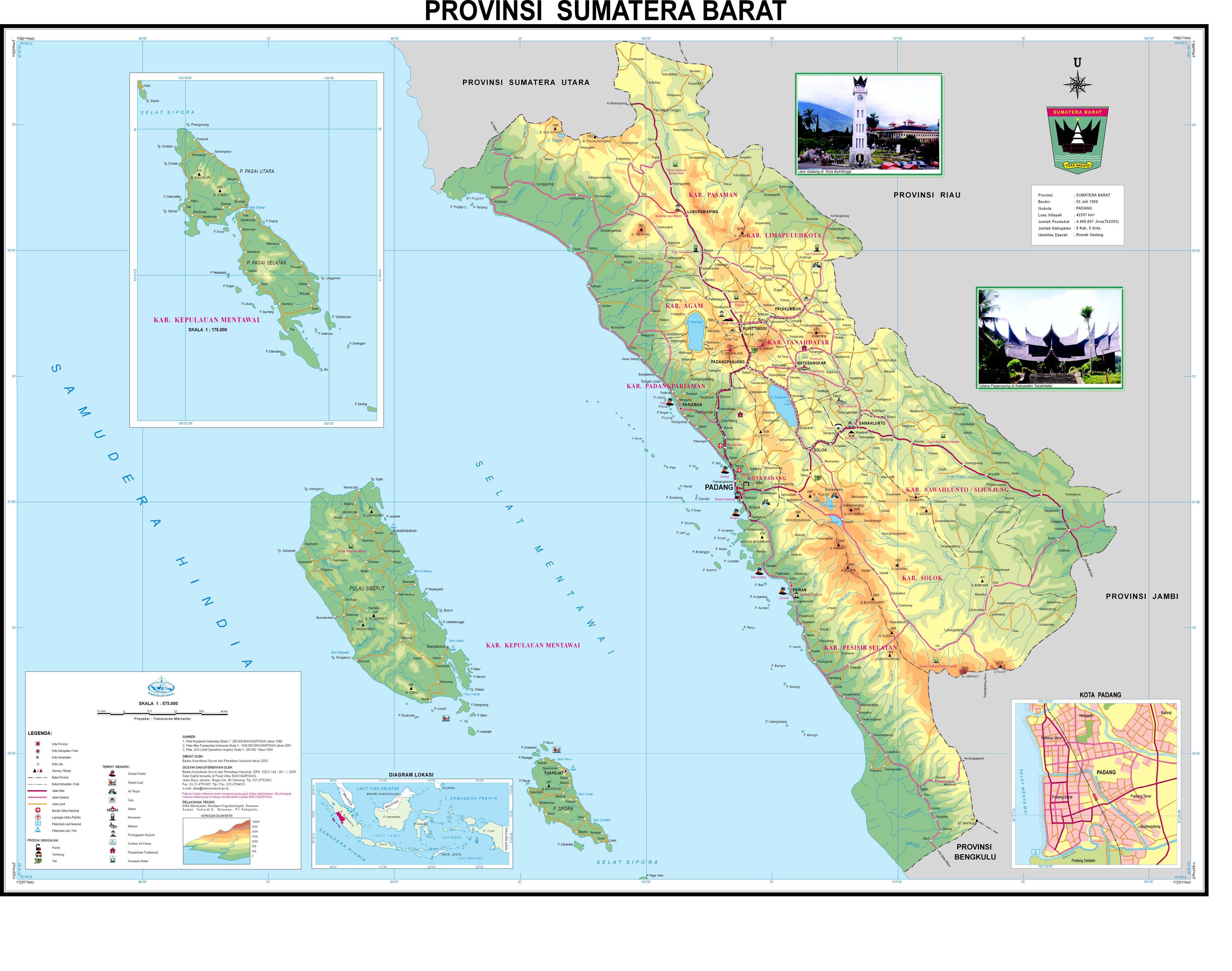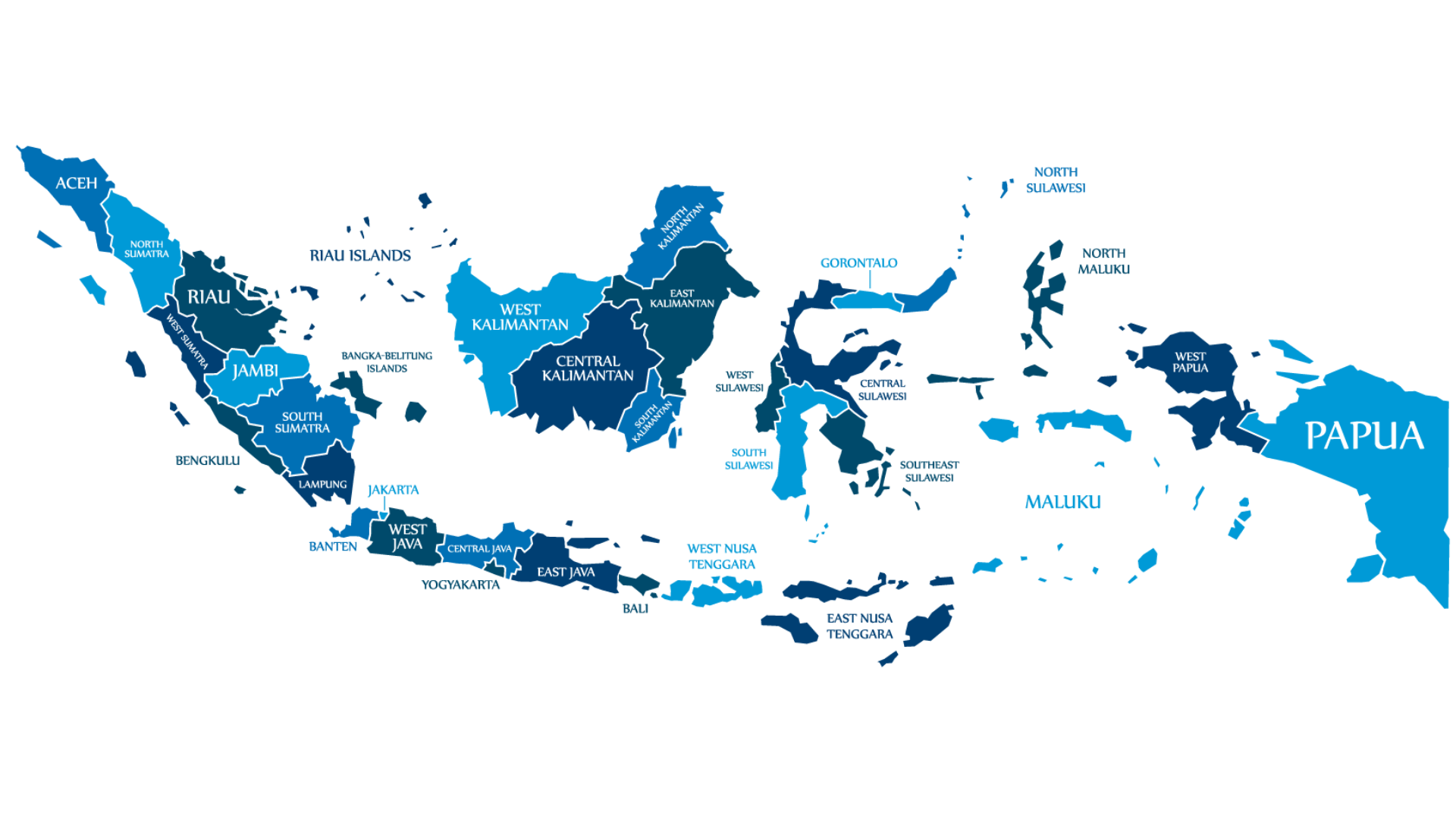Home / Batik Regions – Western Indonesia – Northern Sumatra – West Sumatra
Facts of the region
Discover Batik in West Sumatra
Batik Loempo in Pesisir Selatan, West Sumatra (photo: Padangpos)
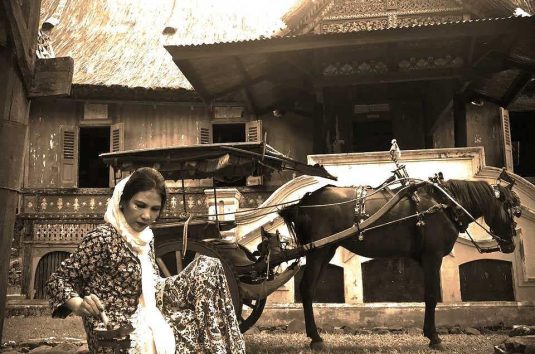
Clay Batik, the living heritage in rural society (photo: Batik Tanah Liek)
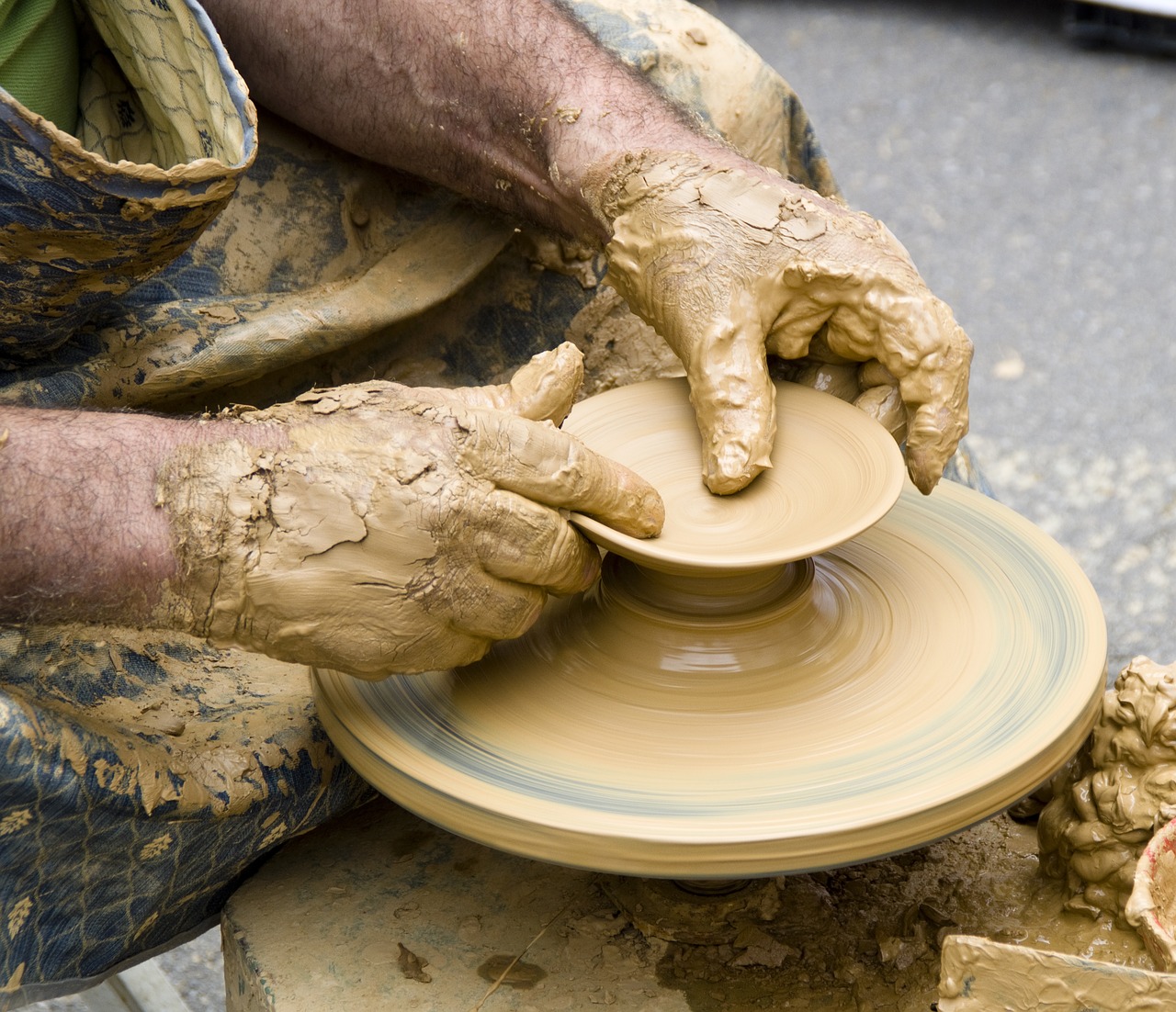
Clay as the natural colorant for Batik textile made in West Sumatra ( photo: pixabay)
The Classic Art of Clay Batik
Tanah Liek Batik or Clay Batik is one of the rare Batik textiles in Indonesia, originating from Minangkabau, West Sumatra. This batik is very special as it uses clay as a coloring agent beside jengkol (dogfruit), rambutan, and gambier plants. The cloth is first soaked for a week with clay, then painted with other natural dyes after the washing process. The basic color of the fabric is unusual. It depicts a shady dark brown colour, yet exudes an aura of elegance.
Socio Cultural Values of Batik in West Sumatra
There are two types of textile heritage in West Sumatra, namely Songket woven textile and Clay Batik. In the ancient time, Batik was used in traditional events by public figures such as Datuak (male leader) and Bundo Kanduang (female leader in Minangkabau custom). Today the two textile heritages become the dress code in casual and formal social functions. The Batik motifs in West Sumatra reflect the rural lifestyle and local wisdom of an agrarian society.
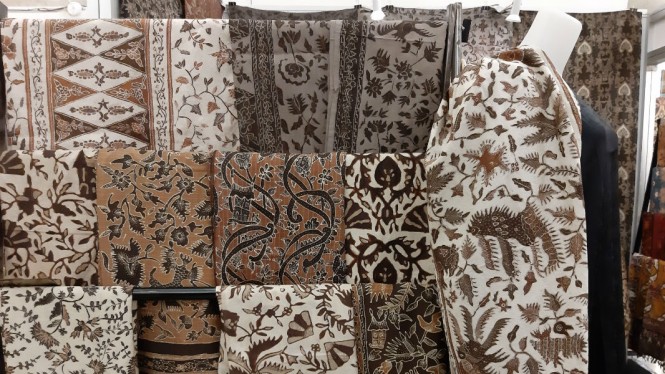
Batik Motifs in West Sumatra
Batik Villages in West Sumatra
local batik workshop
Batik villages are the region where the Batik producers mostly reside. You could buy the Batik textiles from the artisans and participate in the making process of Batik on the site.
West SumatrA
Visual Journey
in 1 Minute
Batik production in west SumatrA
The Splendid Minangkabau
West SumatrA
The Museum of Adityawarman (photo: Kidnal)
About West Sumatra
West Sumatra is known for its natural tourism. It also possesses rich traditions and intangible cultural heritage in the form of traditional dance, architecture, local gastronomy, and of course the traditional textiles. The traditional house of the Minangkabau tribe is Gadang House. It is a wooden stilt house with a curved roof like a buffalo horn. The shape of the house was allegedly imitating the shape of the ship of their ancestors.
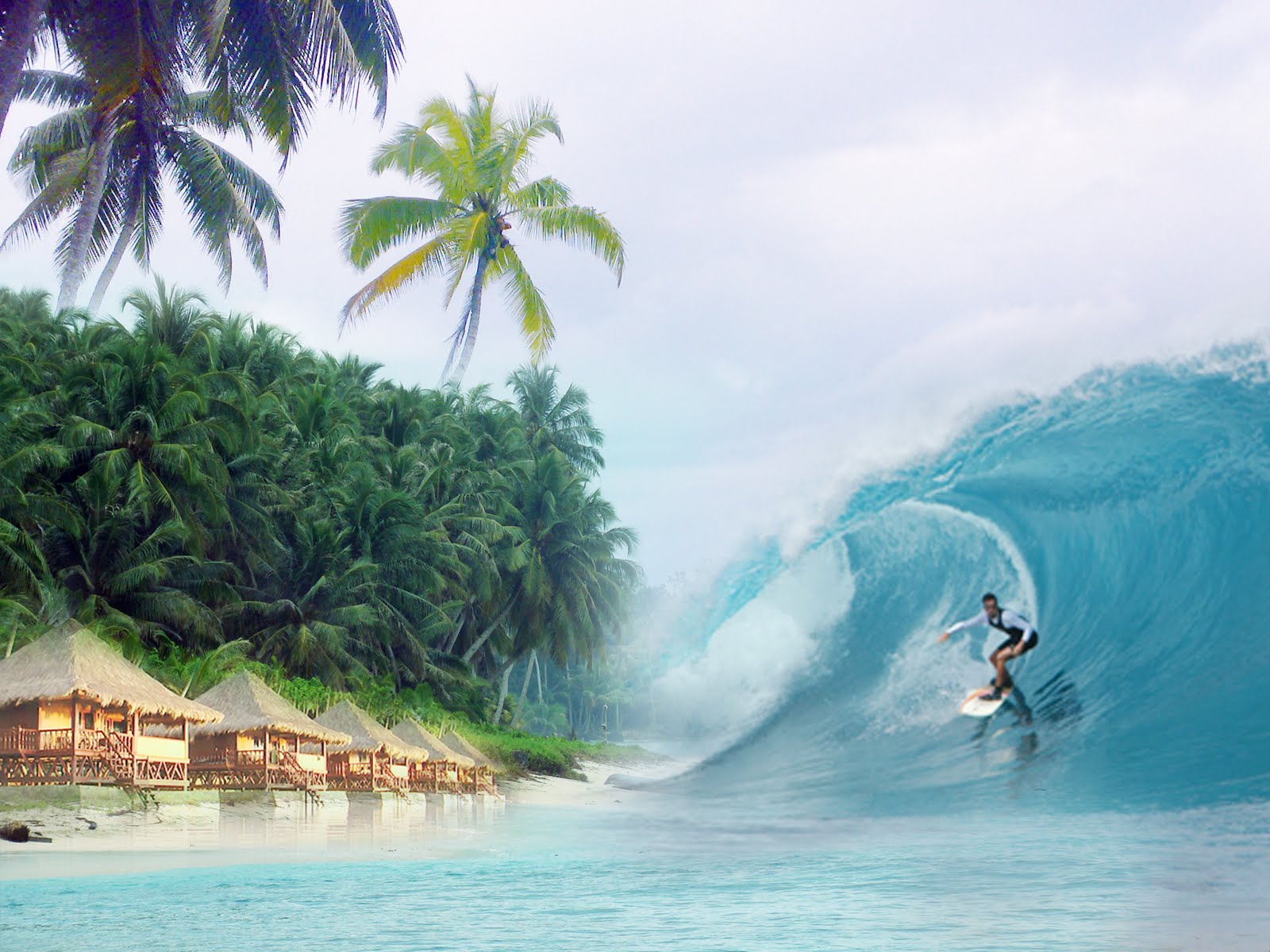
Facts about West Sumatra
West Sumatra (Indonesian: Sumatra Barat) is a province located on the west coast of Sumatra Island and spans the total area of 42,297.30 km². The total population of this area is 5.3 million people based on the 2017 survey.
There are two national parks in the province, namely: Siberut National Park and Kerinci Seblat National Park, which stretch to the provinces of Jambi, Bengkulu and South Sumatra. Mentawai island in West Sumatra is also known for its big circular waves that makes it an absolute surfer paradise. Since 2013, Mentawai becomes the venue of the annual international surfing competitions such as Rip curl and Mentawai Pro. (Photo: Mentawai, University of Andalas Padang)
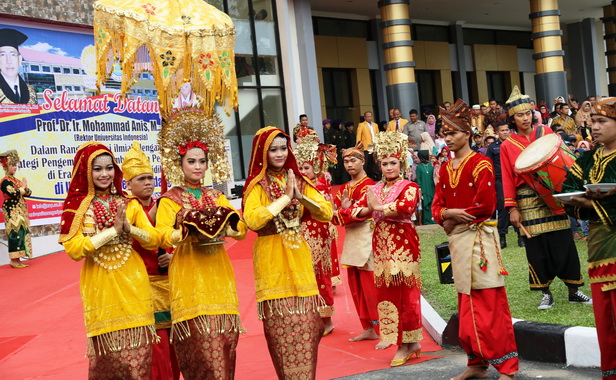
Highlights on Culture and History
The majority of West Sumatra residents are the Minangkabau. Other tribes are Batak, Mandailing, Mentawai, Chinese, Tamil, Nias, and Javanese. The major population of West Sumatra is Muslim (97,4%), and the rest are Christians, Buddhists, and Hindus. The history of Tanah Minang began with the establishment of the Malay kingdom called the Pagaruyung Kingdom. This kingdom was founded by King Adityawarman in 1347 AD who named after the area with Nagari Minangkabau or Tanah Minang. West Sumatra also receives cultural assimilation from Malay and Chinese ethnics who entered the land through ancient trade activities since the 16th Century. This cultural assimilation is reflected on its architecture, art, and textile.
Examples of traditional dances are Plate Dance of Minangkabau and Siriah Galak Pinang Manari, which is performed during celebration ceremonies such as in the school graduations and other cultural ceremonies (Photo: Siriah Galak Pinang Manari, State University of Padang )
Tourist Attractions in West Sumatra
